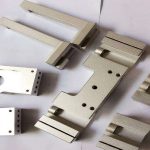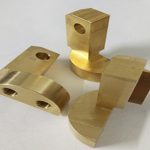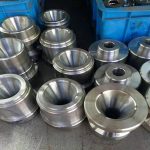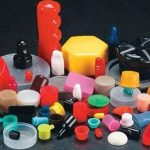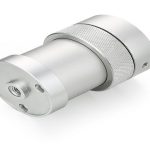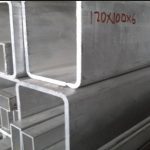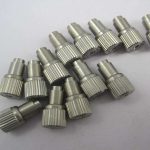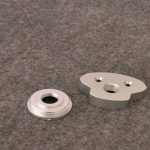Increasing welding output is not a one-step process. To achieve results, you need to invest time, labor, and money. Carrying out such a project also requires an open mind, assessing whether a particular modification makes sense, and if it is feasible, prepare to make changes.
It may require more than just turning the knob on the power supply. For example, replacement of filler metal may require re-qualification. You may need to make a purchase (such as a fixture or a positioner), which takes time to build an understanding of the return on investment.
The goal is to increase efficiency throughout the operation (upstream and downstream of welding), thereby increasing the number of parts you send out the door. Consider the following five tips to help simplify the entire process.
1. Take time to research
A good first step is learning, which can help you determine the true source of the bottleneck. But to reveal them, you need to start time learning before hitting the first arc. Some processes are essential for preparing parts for welding, while others can be changed or cancelled.
The research should identify each activity in the entire process and determine its time. Review everything and record it. Consider part manufacturing, bending or stamping, material handling into the welding unit, positioning and part assembly, welding time, post-welding cleaning, consumables and gas cylinder replacement, removing parts from the welding unit, painting, planned interruptions, and unplanned breaks Or downtime.
After completing the time learning, make a plan to classify the activities before welding, welding and after welding. Identify steps that do not add value and prevent welders from completing the welding as quickly as possible. For example, it is essential to remove the slag left by the flux-cored welding wire (FCAW), but it is also a non-value-added step that will prevent you from completing the welding as soon as possible.
The plan should be accurate and feasible. If the upstream process cannot consistently feed the parts into the welding unit, the economic benefits of increasing production cannot be realized. Similarly, if the downstream process cannot handle the increased volume, and the welded parts just pile up during processing, the increased welding output will not have an impact. In this case, unless the welder can move and help achieve other production goals, avoid changes that leave the welder idle.
2. Create welding procedure specification
The Welding Procedure Specification (WPS) can help welders repeatedly complete high-quality welding. If followed correctly, they help standardize the welding process.
The productivity factor is the element of WPS. WPS communicates the required welding parameters to help ensure that welding is performed as efficiently as possible. Higher efficiency equals higher productivity, producing more parts.
A well-written WPS can adapt to the actual conditions and uncertainties of welding, such as labor skills and assembly changes, but must be strictly limited to ensure efficiency and quality. With WPS, good documentation of each weldment and proper welder training help ensure that the welding is done quickly and correctly the first time. Consider developing WPS for flat/horizontal and offset welding.
Along with WPS, process qualification records (PQR) may be required for manufacturing codes. Even in situations where PQR is not needed, it will help. PQR supports WPS based on welding test. It helps to show that if welders follow WPS, they will produce good welds with sufficient mechanical properties, thereby minimizing the risk of rework, which can significantly reduce output.
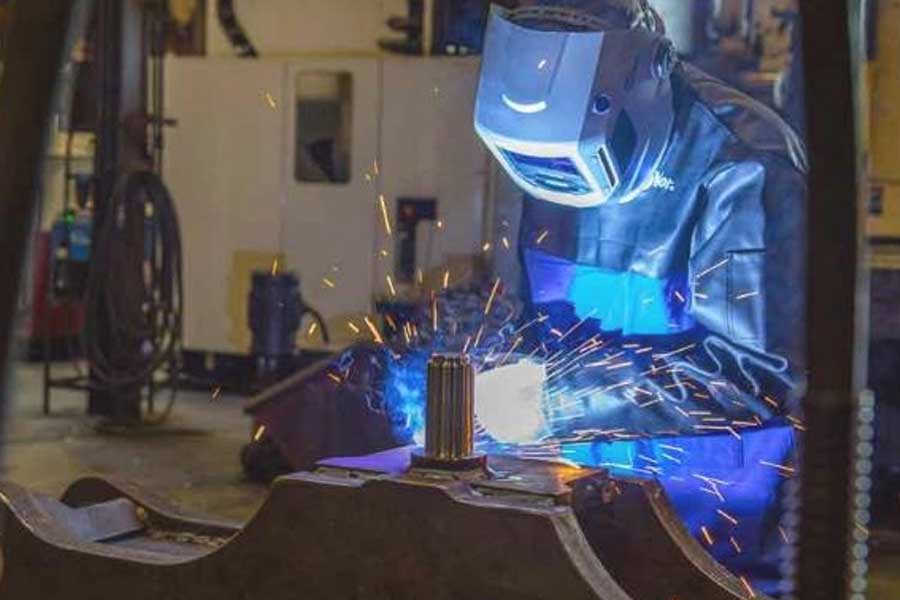
3. Solve the upstream and pre-welding process
Part assembly is the main example of improving upstream activities. If the stamping die begins to wear, tolerances and fits will begin to change. Poor assembly forces you to modify welding parameters to prevent welding defects such as burn-through and small weld seams or missing welds, especially in automation applications. For stamping operations, please monitor the operating status of the mold and replace it if necessary. For repeatable robotic welding, keep the parts fixed to ensure that the parts and welds are placed correctly.
Upstream processes can introduce contaminants, such as machining or drawing oil, which can lead to defects related to porosity in the welding. You can reduce these contaminants by modifying and implementing procedures such as cleaning before welding, which usually takes less time than rework after welding.
The condition of the raw materials should also be considered. If the material is clean at the beginning, the welder does not need to remove heavy rust and other contaminants. Store raw materials in a clean and dry area as much as possible. If this is not practical, consider using other filler metals, such as metal cores or flux-cored wires that can weld through contaminants.
Certain pre-soldering activities can benefit throughput in some applications, but not in others. For example, by introducing a bend or curve into a straight part, the arc can help compensate for the deformation of a larger part. Subsequent welding will deform the bent part to the expected straightness. This helps to minimize scrap and rework due to deformation, allowing more parts to pass through the welding cell. However, the extraversion operation takes time. If possible, please reconsider the welding process or part design to reduce or eliminate sources of deformation.
4. Increase the arcing time
Optimizing welding parameters is one of the most important tasks to be performed in a welding cell and is often overlooked.
Suboptimal welding parameters can prevent the welder or machine from performing welding comfortably. Optimal parameters can increase the deposition rate, which can increase the travel speed and reduce the number of weld passes to complete the weld.
In other words, also consider the welding process you choose. Some have higher deposition rates than others, such as gas metal arc welding (GMAW) and FCAW.
Please also consider the filler metal you use. Compared with solid welding wires, some welding wires have a higher deposition rate and faster travel speed in the same welding process. In addition to increasing the welding speed, the metal cored wire can also provide a wide conical arc to bridge the gap and eliminate the risk of burn-through or rework due to lack of sidewall fusion.
Similarly, measures are taken to prevent excessive welding, which does not actually improve the welding performance, but at the cost of labor time and materials.
Regardless of the filler metal used, please refer to the product data sheet prepared by the filler metal manufacturer. These provide valuable information, including recommended amperage, volts, wire feed speed, and contact-to-work distance. Confirm that the welding stroke and wire feed speed have been optimized, and can work well together to minimize excessive welding and obtain the best weld profile.
5. Minimize post-welding and downstream activities
Root cause analysis can help determine ways to reduce post-weld activity and keep parts in motion. Different from time research, the latter needs to study each task in the welding operation and calculate the time required to complete these tasks, while root cause analysis can evaluate the cause of the problem.
For example, if a part with pores reaches the post-weld area, what causes the pores? It could be welding settings, poor or improper maintenance of nozzles, or a leaking shielding gas. Identifying these root causes as early as possible can reduce the repair procedures required for subsequent operations.
Before the part leaves the welding cell, make sure that a well-trained welder recognizes and corrects welding discontinuities. As parts progress in operation, the time and cost of rework have increased exponentially. When the defective part reaches the post-weld area, additional labor will be required to repair it. Labor costs money. You may also need to pay for replacement parts or other operations.
Avoid unsightly welds as much as possible. These welds require bead contour processing (grinding/processing) to reduce stress rise and make them beautiful. Instead, parameters that make the weld look better should be implemented in the welding unit.
You can also consider using anti-spatter compounds or low-spatter welding processes and wires to eliminate the need to grind away the spatter. Choose a wire that produces easy-to-remove slag, no slag, and/or less (or no) silicon islands; this way, you will spend less time removing it after welding.
in conclusion
Increasing welding output is a collective effort. From senior management to front-line operators (including welders), everyone should invest money in improvements. In some cases, additional welder training may be required to learn new processes or adapt to the nuances of new filler metals. In any case, keep communication open.
Link to this article: 5 tips for increasing welding output: helping companies break the bottleneck period
Reprint Statement: If there are no special instructions, all articles on this site are original. Please indicate the source for reprinting:https://www.cncmachiningptj.com/,thanks!
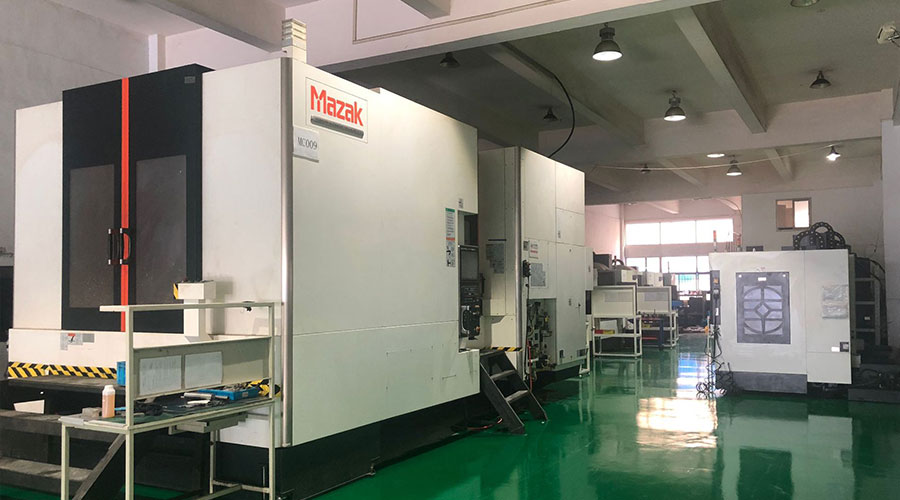 3, 4 and 5-axis precision CNC machining services for aluminum machining, beryllium, carbon steel, magnesium, titanium machining, Inconel, platinum, superalloy, acetal, polycarbonate, fiberglass, graphite and wood. Capable of machining parts up to 98 in. turning dia. and +/-0.001 in. straightness tolerance. Processes include milling, turning, drilling, boring, threading, tapping, forming, knurling, counterboring, countersinking, reaming and laser cutting. Secondary services such as assembly, centerless grinding, heat treating, plating and welding. Prototype and low to high volume production offered with maximum 50,000 units. Suitable for fluid power, pneumatics, hydraulics and valve applications. Serves the aerospace, aircraft, military, medical and defense industries.PTJ will strategize with you to provide the most cost-effective services to help you reach your target,Welcome to Contact us ( [email protected] ) directly for your new project.
3, 4 and 5-axis precision CNC machining services for aluminum machining, beryllium, carbon steel, magnesium, titanium machining, Inconel, platinum, superalloy, acetal, polycarbonate, fiberglass, graphite and wood. Capable of machining parts up to 98 in. turning dia. and +/-0.001 in. straightness tolerance. Processes include milling, turning, drilling, boring, threading, tapping, forming, knurling, counterboring, countersinking, reaming and laser cutting. Secondary services such as assembly, centerless grinding, heat treating, plating and welding. Prototype and low to high volume production offered with maximum 50,000 units. Suitable for fluid power, pneumatics, hydraulics and valve applications. Serves the aerospace, aircraft, military, medical and defense industries.PTJ will strategize with you to provide the most cost-effective services to help you reach your target,Welcome to Contact us ( [email protected] ) directly for your new project.
Link to this article:5 tips for increasing welding output: helping companies break the bottleneck period
Reprint Statement: If there are no special instructions, all articles on this site are original. Please indicate the source for reprinting:Tungusten,Thanks!^^

